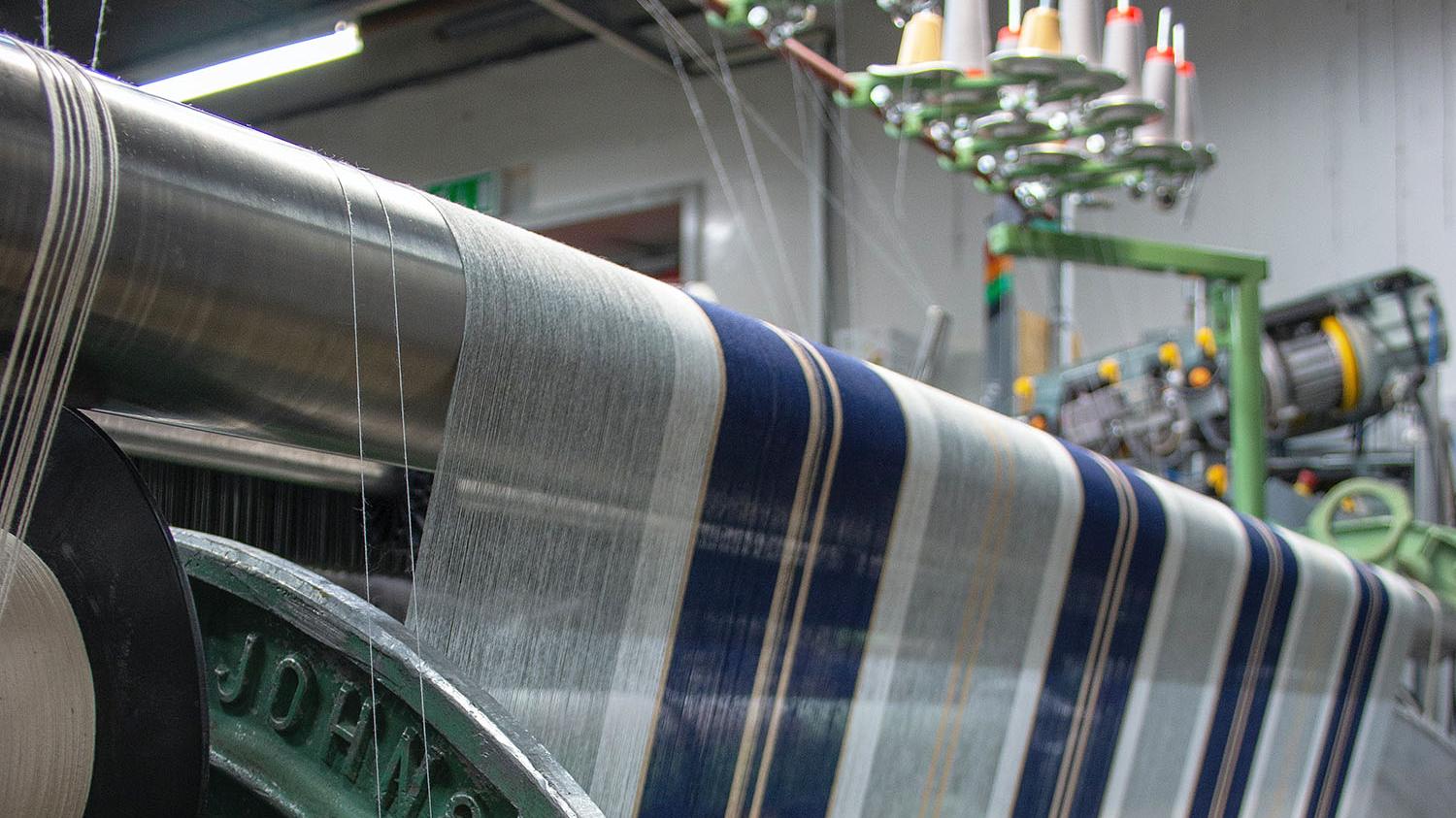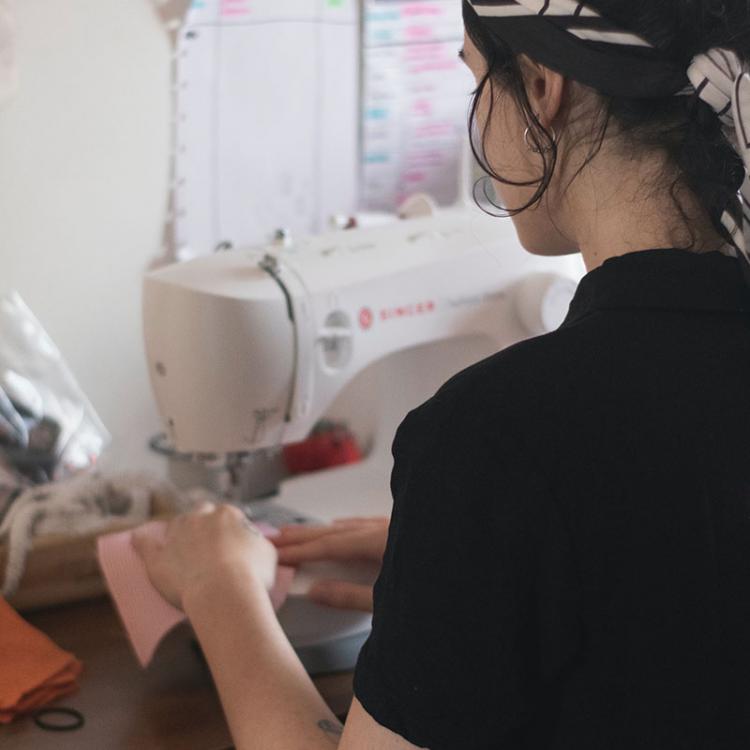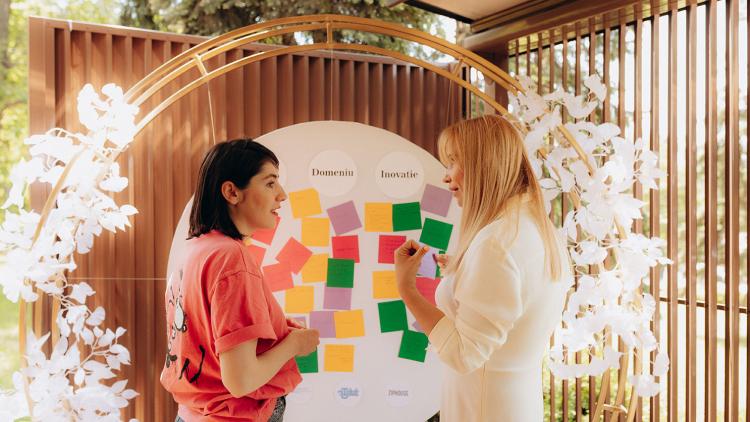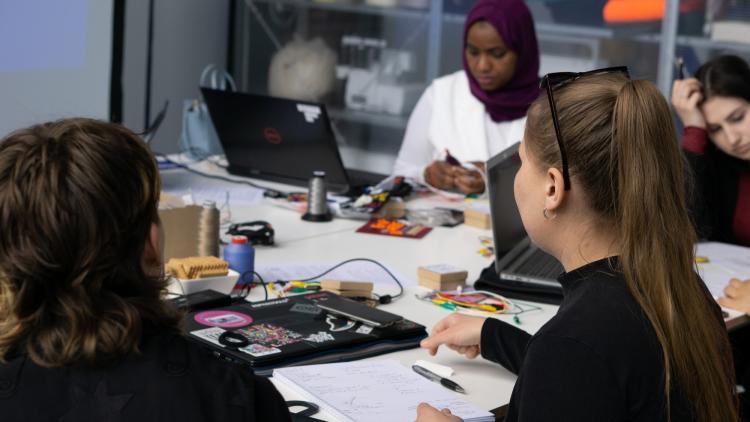
Bill Macbeth, Managing Director of the Textile Centre of Excellence, expresses his thoughts on the future of the textile industry, diversifying the job market, and his career journey thus far.
What background or training did you have before becoming a leader and policy maker in the T&C industry?
I guess the first relevant experience was when I worked with the National Skills Body in the late 80s to 1990 at their HQ in Sheffield where I worked on Adult and Youth Training Strategy, Policy Development and National Marketing. That included me working all over the country to learn about needs and approaches, briefing Ministers and officials and developing new policy initiatives. I also represented the government department, negotiating with major UK businesses, national bodies, and overseas delegations.
Next I helped to set up and joined the UK’s first Training & Enterprise Council, a private-sector led body which ran apprenticeships and created new approaches to business support across West Yorkshire. My role was to influence key players and form effective partnerships to support development activities, managing partnerships, strategic and operational support groups on a local, sub-regional and regional basis. I led on strategic and operational policy in areas of marketing, European strategy/funding, regeneration, evaluation and market intelligence and implementation.
I joined the Textile Centre of Excellence as MD in 2001. The Centre is dedicated to improving the skills and competitive base of textile and fashion manufacturing companies in Yorkshire and the rest of England. We develop and deliver training services from apprenticeships to leadership programmes for company directors. We also develop and deliver innovative new projects to support the textile and clothing sector.
I have also served leadership roles during this time such as President of the European Regional Information Society Association, Director of the UK Fashion and Textiles Association, UK Director General of Euratex.
In 2013 I was awarded the honour: Officer of the Order of the British Empire (OBE) in the New Year’s Honours List for Services to Learning and Skills, while in 2015 I was invited to become a Fellow of the Royal Society of Arts.
What is the most rewarding project you have been a part of?
Currently I serve as a Climate Commissioner for the Kirklees Climate Commission, chairing the Business and Economic Activity Group. The Kirklees Enterprise Foundation has helped people to develop their business ideas, linked them to interested local business leaders who could assist them and provided expert personal training and financial support. In Year One, we helped 69 people start successful new companies. The Enterprise Foundation has opened up new opportunities for people who were not likely to receive support through traditional channels. It has changed lives.
Overseeing and maintaining effective business strategies is a significant part of your role in the industry. How have global trends, such as sustainability and diversity, affected change in T&C?
The fashion sector and the textile sector are very different. We tend to group them together because politicians don’t differentiate between them and the glamour associated with the fashion sector can help to improve the image of textile manufacturers. In the UK the fashion sector is largely an importer and retailer. In textiles they are manufacturers and exporters. They have little in common apart from working with cloth. I would like to say that sustainability has had a major impact on both sectors but I don’t believe that is true – the impact remains marginal. The vast majority of fashion buyers still make decisions based on price – we have a mountain to climb. Textile manufacturing in my part of the world is almost exclusively focussed on luxury markets where buyers and customers are somewhat more discerning but price and margins still dictate business strategy. In terms of sustainability, the rise in energy prices is fast becoming the major motivator for improving production efficiency which reduces environmental impact.
What about innovation and technology in the industry - have you noticed a positive shift in recent years?
More companies are realising that innovation linked to sustainability can actually improve efficiency, reduce costs and create competitive advantage
What advancements do you feel need to be made in the industry?
Textile manufacturers and others involved should focus their energy on:
- Sustainability that brings competitive advantage
- Verticality to reduce supply chain wastage
- Adoption of digital technology to provide the data needed to improve all aspects of their operation
- “Servitisation” – new business models to change production into service provision.
Have recent events, such as the pandemic and energy crisis, impacted the textile industry and the public’s perception of it? If so, how has it changed?
The pandemic led to most companies shedding what proved to be excess labour so they are now more efficient. The industry is now frantically trying to get back to where it was before the pandemic, which includes the re-introduction of many of the less attractive aspects of production. The main change has been the accelerated take up of online communications and sales technologies and practices - little else has changed.
What do you expect the industry will look like in the future? What are you hoping for in terms of sustainability?
Without legislation change will be slow. We need compelling examples of effective circular economy approaches that do not threaten traditional production models. Government intervention, with some exceptions, will be likely to support existing means of production. The climate change argument is not being won and the latest energy/cost of living crisis could well see governments cutting ‘green duties’ to make energy cheaper. In the UK, regional and national governments do not have the knowledge, people, resources or interest to make meaningful policy interventions.
From your perspective, how might the textile industry approach diversifying the job market?
We have some great examples of textile manufacturing companies opening up their operations to young designers/manufacturers who can use their materials and facilities. That can make a massive difference to a young designer but can also become the company’s innovation department. Additionally, we need to promote successful examples in women in non-traditional roles and highlight the new opportunities in roles associated with digital technologies digital design and marketing, software/security development and logistics.
What advice can you give to younger generations, particularly young women, who are looking to enter the textile manufacturing industry?
Here are my six steps:
- If you haven’t been taught it in university, and you probably haven’t, learn how business works.
- Learn how to make products that meet and exceed industry standards before you start to trade.
- Find out where you can source your materials, and how to plan for growth.
- Don’t plan for a business that will leave you in poverty – get help to prepare a realistic business plan. Realise what you want to do – what business model would make you happy.
- Find your niche market and network.
- Find a business angel to help you – be prepared to release your equity in exchange for their support.
How can we work together to encourage more women innovators to enter the T&C industry?
Something like what shemakes is doing! Show role models, and provide support. Remember that success is not about encouragement, it’s about preparation









